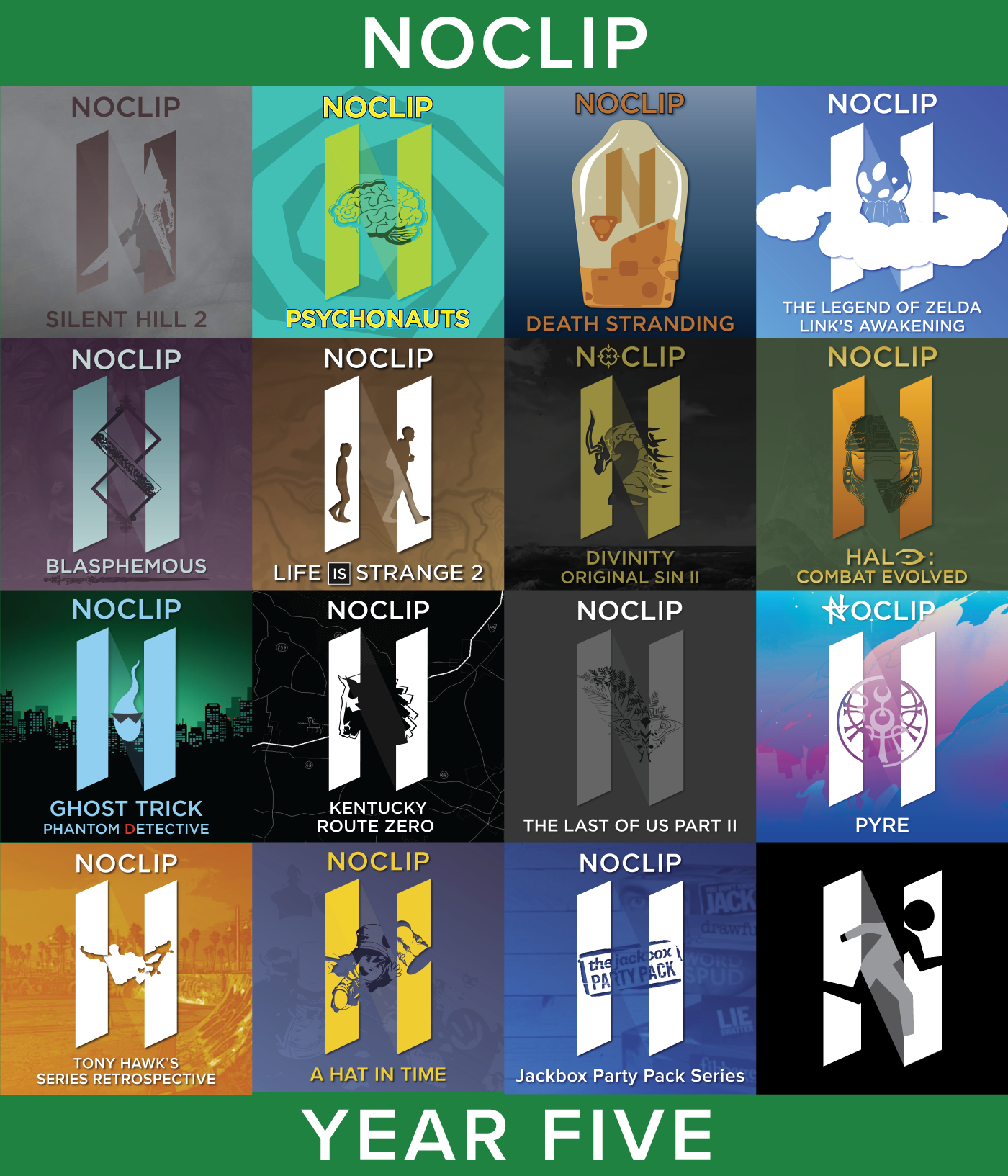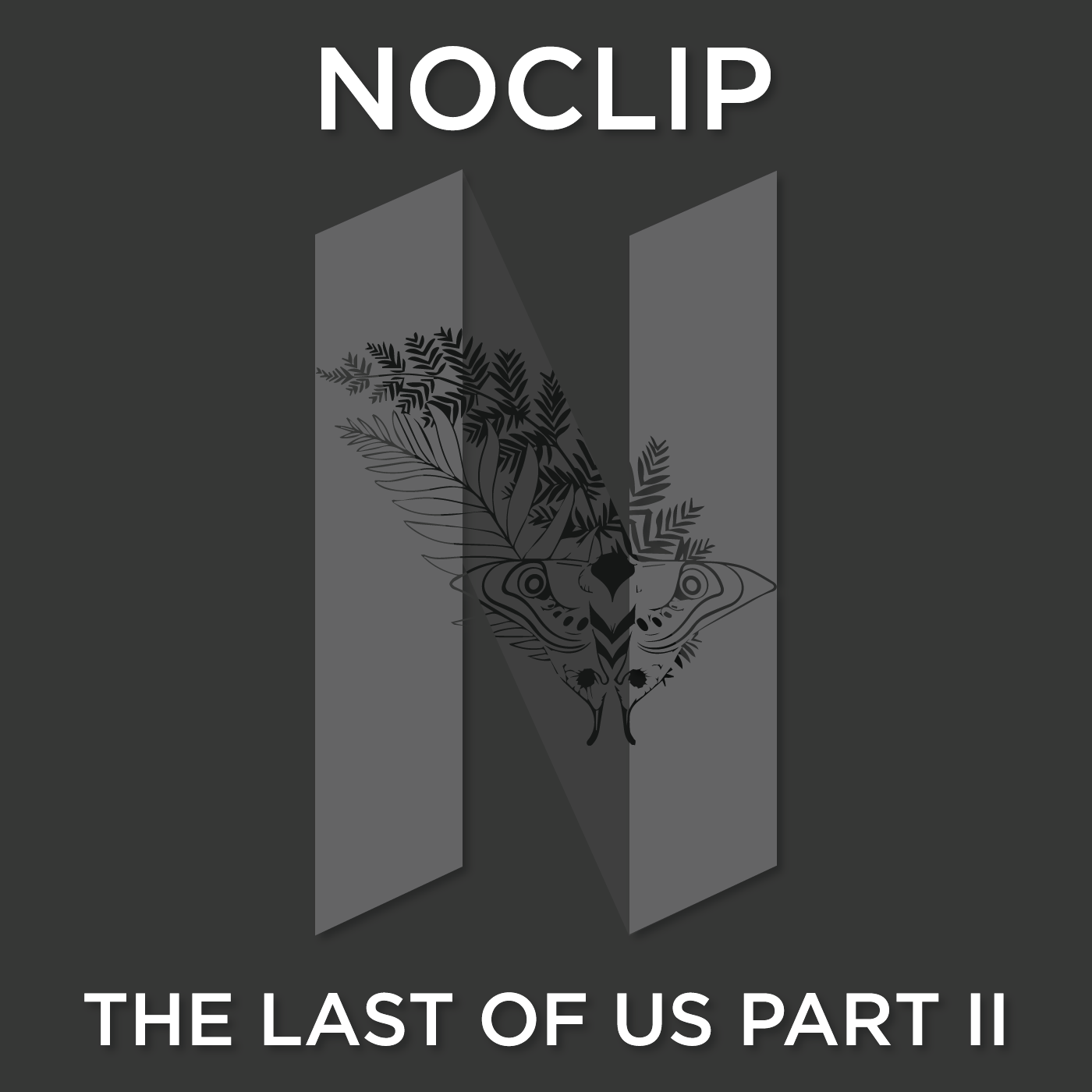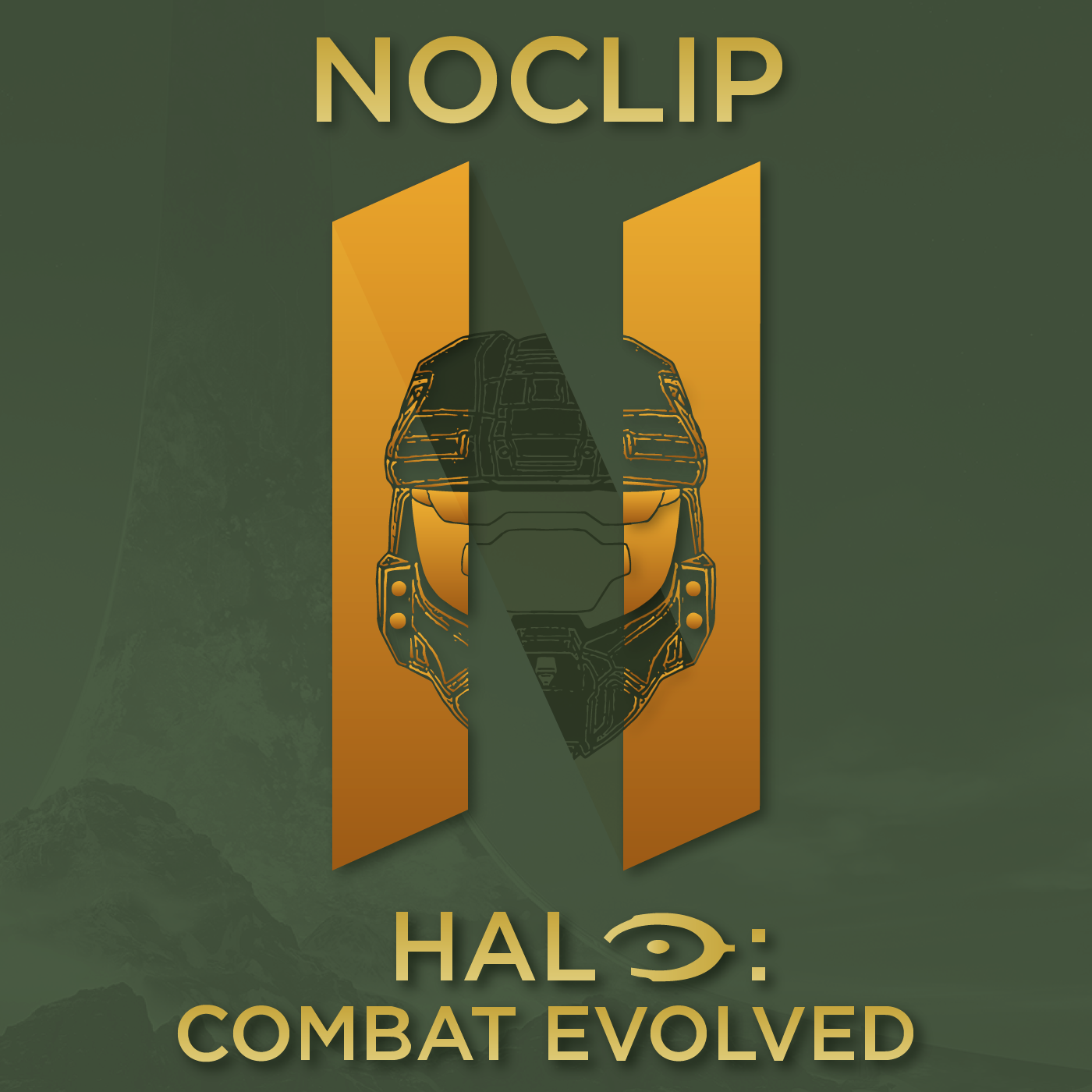Oh yeah. Let’s a go.
Welcome back to the podcast! This has been a pretty rough time for the world in general, and to make things worse, now we’re uploading Halloween episodes in mid-November. Today we’re talking about Luigi’s Mansion 3, the Switch’s entry to the franchise that kind of launched the Gamecube. This series is Nintendo’s take on horror, and it has a number of the traits associated with horror adventure games spanning the almost thirty years. The game is focused on exploration and puzzle solving, which serves to make this a fairly slow experience that allows the game to build an atmosphere that, while never really scary, sets the tone for this goofy ghost game. As before, Luigi is tasked with exploring the setting, a hotel this time, and dealing with ghosts with his legally-distinct-from-a-Proton-Pack Poltergust vacuum cleaner. Combat makes up a more sizable portion of the game than it has in past entries, but the use of a number of tools keeps it dynamic, as you have to discover how to defeat each type of enemy or boss. What this ends up as is a surprisingly engaging game that definitely feels “Halloween” but not “horror.” We’re going to be talking about mechanical and thematic pacing, the utter success that is Gooigi, and the inherent differences between mansion games and hotel games.
Thank you for joining us this week! Sorry to extend the spooky themes out into November, but we wanted to get our two episodes in since episode 100 delayed us a bit. Are you a long time Luigi’s Mansion fan? How was Dark Moon? How much of our appreciation for the first game in the series is just nostalgia? Let us know in the comments on YouTube or on Discord! Next time, we’re going to be talking about Heaven’s Vault, a language-based adventure game from the developers of 80 Days, and just really getting back into the swing of playing games you haven’t heard of.





















